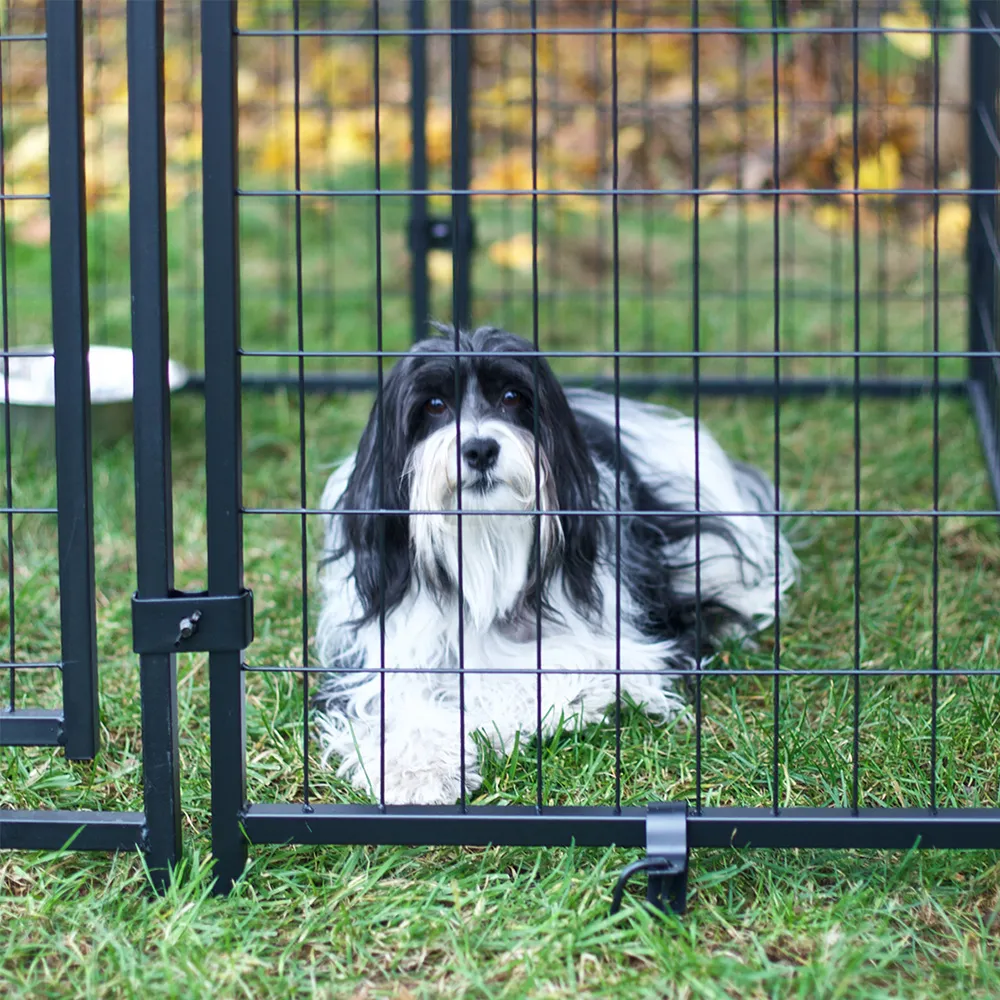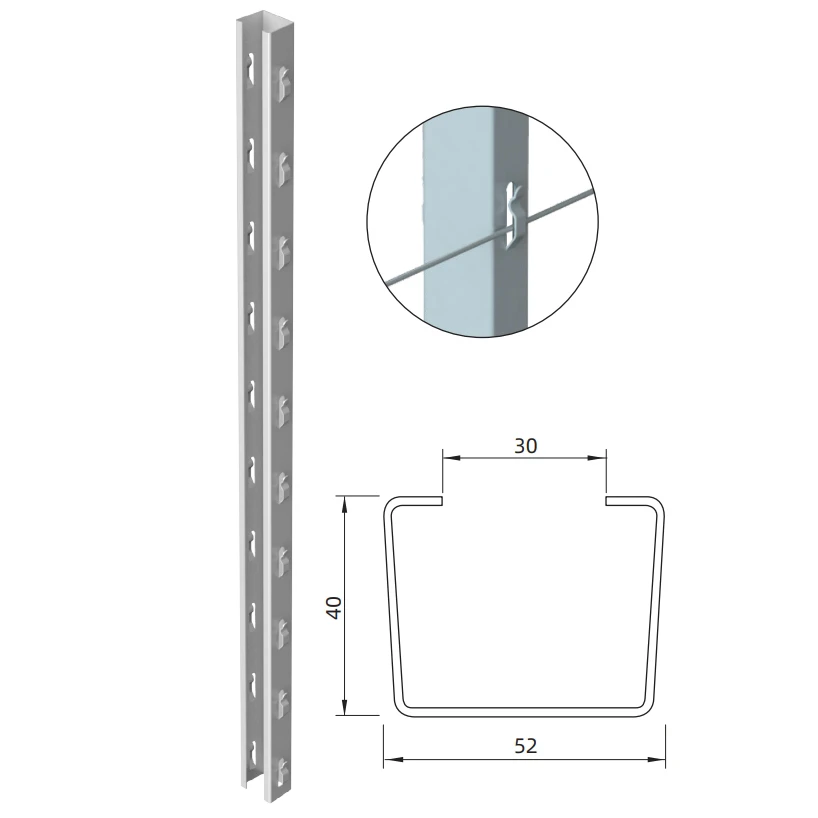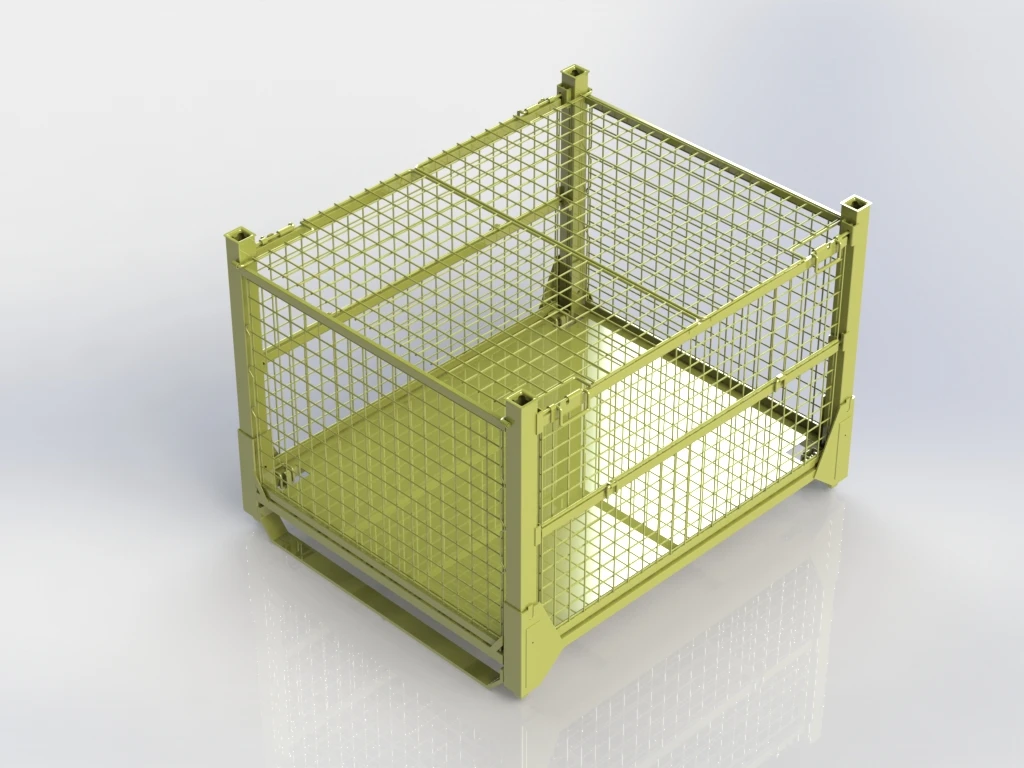Exploring the Importance of Livestock Gates in Farm Management and Animal Care
Ago . 20, 2024 19:25
The Importance of Livestock Gates in Modern Agriculture
Livestock gates are an often-overlooked aspect of agricultural infrastructure, yet they play a crucial role in the effective management of farm animals. As the livestock industry evolves with advancements in farming technology and practices, the significance of gates in ensuring the safety, health, and efficiency of livestock operations cannot be underestimated. This article will explore the various types of livestock gates, their functions, and their impact on modern agricultural practices.
Firstly, livestock gates serve as essential tools for controlling the movement of animals. In a farm environment, managing the flow of livestock is critical to ensuring their safety and the safety of farm workers. Well-designed gates can facilitate efficient movement during feeding, milking, and veterinary care, reducing stress for both the animals and the handlers. For example, in dairy operations, gates can be used to guide cows into milking parlors in an orderly fashion, minimizing congestion and the potential for injury.
There are several types of livestock gates available on the market, including swinging gates, sliding gates, and portable gates
. Swinging gates are typically made from sturdy materials like metal or wood and swing open on hinges, making them suitable for permanent fencing solutions. Sliding gates, on the other hand, are ideal for areas where space is limited, as they slide along a track instead of swinging outward. Portable gates are particularly useful for farmers who need flexibility in their layout; these gates can be easily repositioned to accommodate changing livestock arrangements or pastures.livestock gates

In addition to movement control, livestock gates are vital for the protection of animals. They help keep livestock secure within designated areas, preventing them from straying into dangerous zones or onto roads where they could be harmed. Properly installed gates can also deter predators, safeguarding livestock from threats such as wolves or coyotes, thus ensuring their welfare and productivity.
Another important function of livestock gates is to enhance biosecurity on farms. In today’s agricultural landscape, disease prevention is paramount. Gates can serve as barriers, controlling access to different areas of the farm and reducing the risk of transmitting pathogens. By restricting movement between pastures and isolating new or sick animals, farmers can better manage health risks and protect their herds.
Moreover, the design and maintenance of livestock gates have evolved to meet the increased demands of modern farming. Gates are now engineered to withstand harsh weather conditions and heavy use, incorporating materials that are resistant to rust and corrosion. Enhanced safety features, such as automatic locking mechanisms, can prevent accidental openings and ensure that livestock remain securely contained.
In conclusion, livestock gates are more than just simple barriers; they are integral components of effective livestock management. From facilitating animal movement and ensuring safety to enhancing biosecurity and adapting to modern farming needs, their importance in agriculture cannot be overstated. As the livestock industry continues to advance, investing in high-quality, durable, and efficient gates will remain a priority for farmers dedicated to the welfare of their animals and the success of their operations.









 Unity
Unity Creation
Creation Challenge
Challenge Contribution
Contribution










